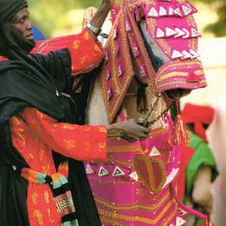
CULTURE
ROYALTY AND POWER
CREDITS Photographs and text From
AFRICAN CEREMONIES volume 1
Authors Carol Beckwith and Angela Fisher
Publishers Harry N. Abrams, Incorporated
IGBO CULTURE & TRADITION: An Overview
Egungun Festival. Yoruba Culture
Tribes in Nigeria and the states they can be found
History Of The Edo People
HISTORY OF YORUBA GOD OGUN
History of the Igbo People
HISTORY OF THE FULANI PEOPLE
History Of The Yoruba People
History Of The Hausa People
Tiv People, An Insight
EFIK AND IBIBIO CULTURAL HERITAGE
Overview of the Benin Empire
Culture of the Gbagyi People, The Original Abuja City Dwellers
ITSEKIRI PEOPLE AND CULTURE
Everything about the Ika People
NEW YAM FESTIVAL
Wodaabe People, Culture
History Of The Ijebu People
NOK CULTURE
Ijaw People Background
NUPE FESTIVAL
Historical Background of Nupe Kingdom
The Dein of Agbo, Dr Benjamin Ikechukwu Keagborekuzi 1, thoughts on his role as traditional ruler of Agbo land


















